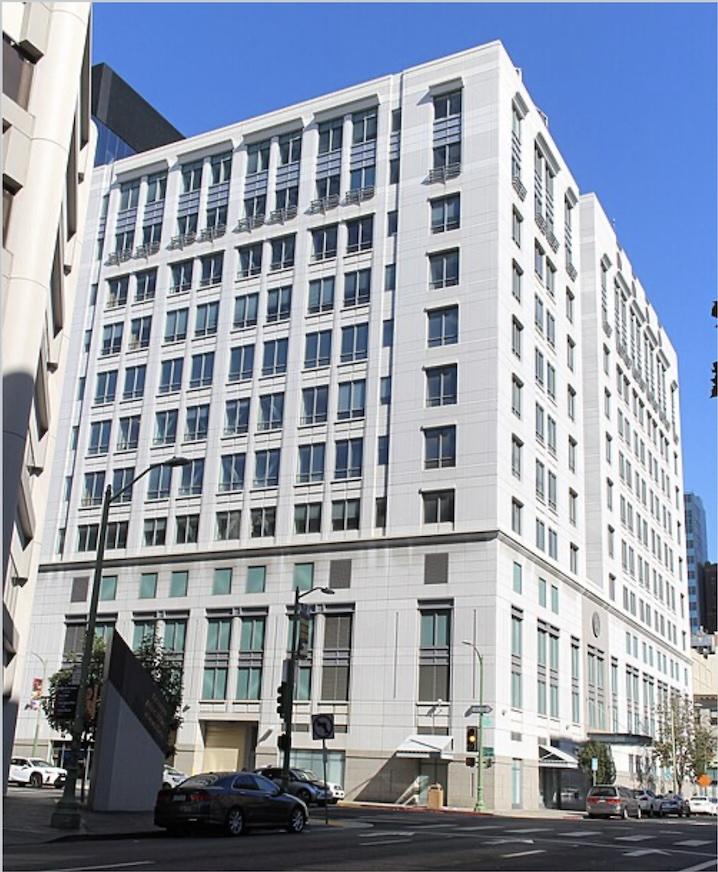
With debate surrounding the public charge changes set to take effect in October, Covered California officials and navigators emphasize that individuals who receive subsidized health care will not be considered a public charge.
The public charge rule expands the federal government’s ability to penalize immigrants who seek green cards if they use taxpayer-funded programs, such as housing assistance, food stamps and Medicaid.
This clarification is part of the conversation during a recent series of multiethnic roundtables Covered California has organized, in an effort to shed light on the new changes coming in 2020 and to encourage higher enrollment in the upcoming period after noting a decline last year.
“If you get a tax credit through Covered California to lower your cost, that is not considered a public charge. The rules are very clear that is not what is subject to the public charge rules. Similarly, if through Covered California, you get a benefit for a cautionary reduction subsidy, that does not count as a public charge,” Peter Lee, Covered California’s executive director, said in a recent roundtable with Asian American media in Los Angeles.
With the misinformation and fear surrounding the public charge, many health officials fear that it is sending a chilling effect within immigrant communities especially when it comes to applying for health care programs.
“We are very worried about confusion around public charge, discouraging people
who are eligible and can get benefits from applying for benefits,” Lee added. “What we shouldn’t do is confuse consumers in California how good the benefits are, the subsidies available and discourage people from signing up.”
The new incentives come after Governor Gavin Newsom and the state Legislature passed a series of laws to increase enrollment in the coming year. For 2019, the state experienced a 23.7% drop in the number of new consumers enrolling in Covered California.
Since 2013, close to a quarter of a million Asian American and Pacific Islanders (AAPIs) have been insured under the state’s marketplace as part of the Affordable Care Act — 30,230 of whom are Filipinos.
“Covered California continues to be a model for other states because it has made a commitment to do the outreach to many of the diverse communities in California,” said Doreena Wong, project director for Asian Americans Advancing Justice – LA’s Health Access Project.
That’s why the state’s health care marketplace and its partners within the AAPI community are starting the education efforts months in advance.
“Amongst the Asian Pacific Islander community of people who had insurance, they didn’t drop them. They kept their insurance. They know the value of insurance when they have it,” Lee said.
Lee told the Asian Journal that Filipino Americans have been among the top ethnic groups enrolled in Covered California but more are still eligible so it will continue its outreach, such as advertising in the community.
“Even though we’ve had good enrollment, we’re going to keep going at it to make sure the Filipino community understands the benefits of financial health and gets insured,” he added.
Around 922,000 Californians — including over 20,000 AAPIs — will be eligible for the new state subsidies that will help lower the cost of their coverage in 2020.
“Filipino Americans across the state can benefit tremendously from Covered California because [it] is the only place where they can get federal premium assistance to help them purchase a brand-name health insurance under the Patient Protection And Affordable Care Act,” Nida Fisher of D’Access Central, an accredited navigator for Covered California in the Valley and Eagle Rock.
For example, middle-income consumers who previously did not qualify for financial help because they exceeded federal income requirements will be eligible to receive an average of $172 per household per month.
Those enrollees (around 663,000 individuals) who currently receive federal financial help could be entitled to receive an average of an additional $15 per household per month which will help them save an average of 5% on their current premiums.
Also in 2020, California’s individual market will see an average rate change of 0.8 percent, considered the lowest change since Covered California’s launch, due to new state affordability initiatives designed to lower costs and encourage enrollment.
People who choose to go without coverage they can afford in 2020 will be subject to paying the penalty as part of their annual state tax filing, officials warn. Penalties could go up to $2,100 per family, which is based on 2.5 percent of household income or a minimum of $695 per adult, whichever is greater.
“A $2,000 penalty is nothing compared to not getting to that right specialty physician or to not getting a condition diagnosed early,” Lee said.
The 2020 open enrollment period runs from October 15 to December 15, 2019 for a January 1, 2020 effective date. Those who do not avail of this period may still get coverage if they qualify for the special enrollment period or Medicaid or the Children’s Health Insurance Program (CHIP).







